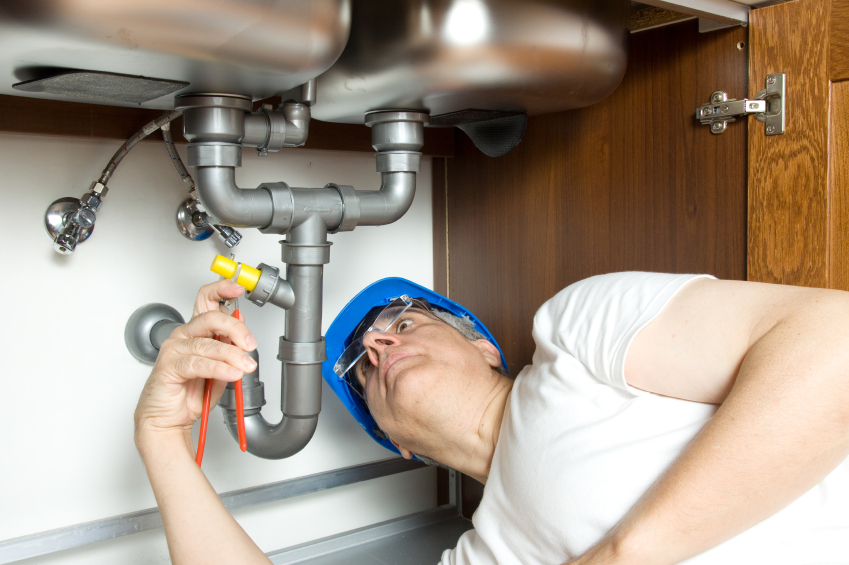-
-
Open Time:
Mon-Sat (8am - 6pm)
.jpeg)

.png)
Plumber work DM GROUP
1. Assessment and Preparation:
- Identify the problem or the scope of work (e.g., leaky faucet, clogged drain).
- Gather necessary tools and materials (e.g., wrenches, plungers, replacement parts).
- Shut off water supply to the area you're working on if necessary (main valve or local shut-off).
2. Repair or Installation:
- For a Leak:
- Turn off water supply.
- Drain excess water by opening faucets or pipes.
- Identify the source of the leak (pipe joint, faucet connection).
- Repair or replace the damaged component (e.g., tighten fittings, replace washers or seals).
- Turn water supply back on to check for leaks.
For a Clog:
- Use a plunger or plumbing snake to clear the clog.
- If using a snake, insert it into the drain or pipe and rotate to dislodge the obstruction.
- Flush with water to ensure the clog is cleared.
For Installation (e.g., Faucet, Toilet):
- Follow manufacturer instructions for assembly and installation.
- Use plumber’s putty or thread seal tape on fittings as needed.
- Ensure connections are tight but not over-tightened.
- Test for leaks by turning on water supply.
3. Testing:
- Turn on water supply gradually to check for leaks or proper function.
- Check all connections and joints visually.
- Test faucets, toilets, or other fixtures to ensure they are operating correctly.
4. Clean-up and Maintenance:
- Dispose of any old parts or debris properly.
- Wipe down and clean the area of any spills or residues.
- Provide the customer (if applicable) with maintenance tips or instructions.
5. Documentation (if needed):
- Keep records of the work done, especially for larger repairs or installations.
- Include any warranties or guarantees provided.
6. Follow-up (if needed):
- Ensure the customer is satisfied with the work.
- Address any concerns or issues that arise post-installation or repair.
Remember, plumbing work can vary greatly in complexity, so always refer to specific instructions or consult a professional plumber if you're unsure about any steps or procedures.